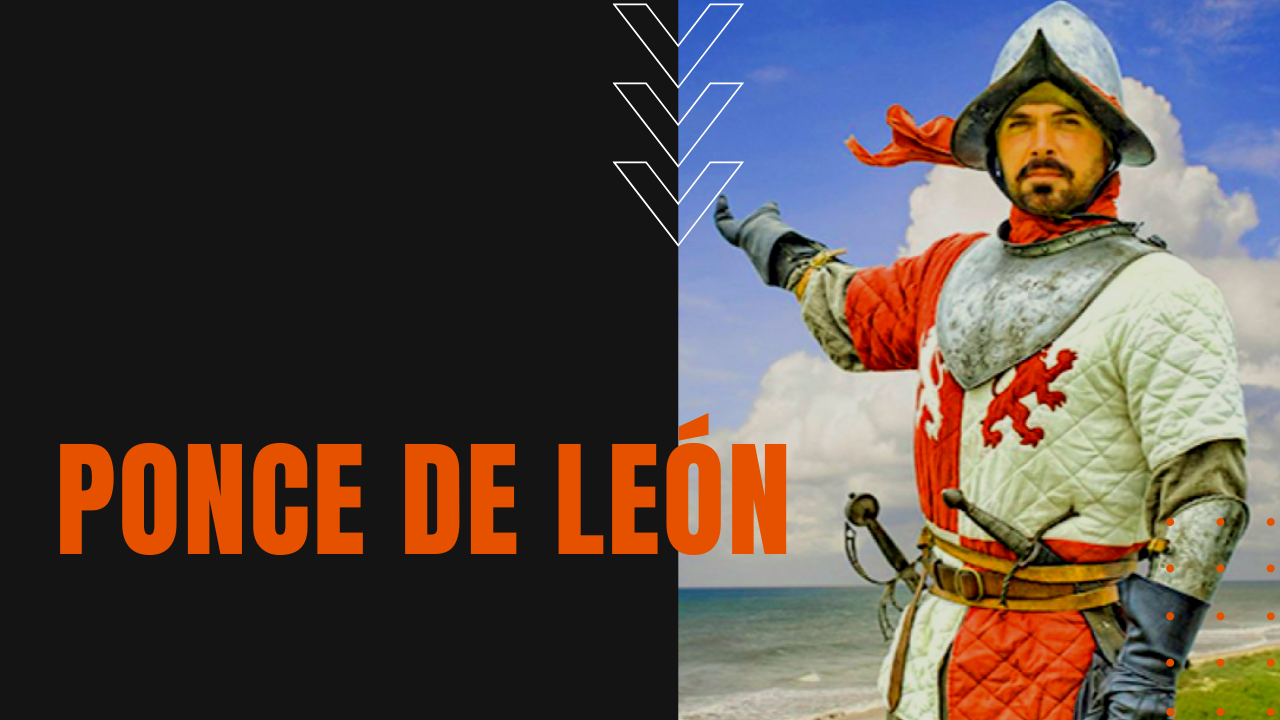Juan Ponce De León: Puerto Rico, Florida and More

Born in Spain in 1474, little is known about Juan Ponce de Leon, until he sailed as a “gentleman volunteer” on Christopher Columbus’ second expedition to the Americas in 1493.
By the early 1500s, Ponce de León had risen through the ranks to become a top military official in the colonial government of Hispaniola, where he helped crush a rebellion of the native Taino people.
Wealthy Governor of Puerto Rico
He was authorized to explore the neighboring island of Puerto Rico in 1508, later appointed by the Spanish Crown as the first Governor of the colonial island. Ponce de León grew quite wealthy from his plantations and mining interests on the island, until he lost a legal battle with Diego Columbus, the son of the famous and recently-deceased explorer, regarding who should rightfully govern Puerto Rico.
After the court ruled against him, Ponce de León followed the advice of sympathetic King Ferdinand of Spain to explore more of the Caribbean.
Ponce De Leon Discovers Florida
In 1513, Ponce de León led the first known European expedition to La Florida, as he would name the region, landing somewhere along Florida’s east coast, before sailing down to the Florida Keys and then north into the Gulf of Mexico. Though in popular culture he was supposedly searching for the Fountain of Youth, there is no contemporary evidence to support the claim, which all modern-day historians consider a myth.
Ponce de León returned to Spain in 1514 and was knighted by King Ferdinand, who also re-instated him as the governor of Puerto Rico and authorized him to settle Florida.
He returned to the Caribbean in 1515, but plans to organize an expedition to Florida were delayed by the death of the King in 1516, obliging Ponce de León to sail for Spain to defend his grants and titles.
How Did Ponce De Leon Die?
In 1521, Ponce de León returned to southwestern Florida in the first large-scale attempt to establish a Spanish colony in what is now the continental United States, however, the native Calusa people fiercely resisted his incursion attempts.
Seriously wounded in a skirmish with the Calusa, Ponce de Leon died from his wounds soon after retreating to Cuba. After his death, his body was interred in Puerto Rico, inside the chapel of the Cathedral of San Juan Bautista in what is today Old San Juan.
According to genealogist John J. Browne Ayes, 30% of the modern-day population of Puerto Rico are direct descendants of Ponce de León and his wife.
